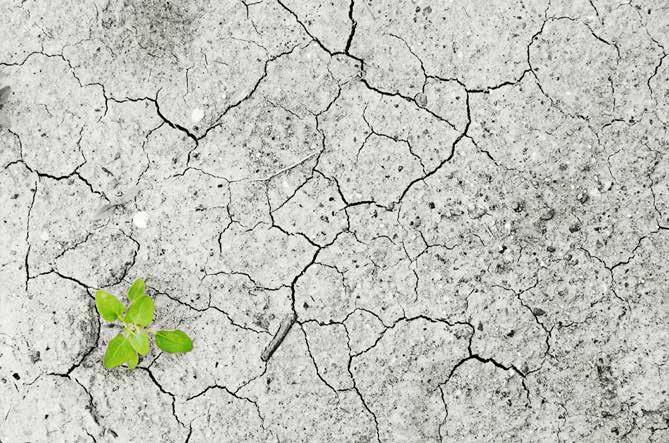MEET THE AUTHORS AND ILLUSTRATORS Marie-Hélène Moncel CNRS, National Museum of Natural History, Paris, France marie-helene.moncel@mnhn.fr I am a specialist of hominin behaviors, in particular technology and land-use patterns, from the earliest occupations in Europe to Neanderthal occupations. Can climate change humankind? (p. 4)
Quentin Girardclos quentingirardclos@gmail.com, @quentin.girardclos As an illustrator in Strasbourg, France, I write and draw stories for comic books. I also work with scientists to illustrate presentations or articles. Cover; Can climate change humankind? (p. 4); Paleotherapy (p. 80)
Marco Palombelli ink.mpalo@gmail.com, @ilcorvoblu, @ilcorvoblu I'm a comic artist/biologist using my expertise in both fields to weave stories about people, other animals, and the wonderful planet they inhabit. Migrations (p. 8)
Peter Gitau Alliance Sorbonne Université, France, and National Museums of Kenya, Nairobi, Kenya ngashpeter@gmail.com, @peterngangaG I am an ecologist who travels back in time to find out how aquatic ecosystems respond to human- and climate-driven changes. Migrations (p. 8)
Liseth Pérez Technische Universität Braunschweig, Germany l.perez@tu-braunschweig.de, @LisPere18539244, @lisi_perez_biogeo I am a biologist. My research focuses on the long-term history of tropical lakes, and how they respond to recent climate and human influences. Rapid drying of large, deep lakes in the karst mountains of the Lacandon Forest, southern Mexico (p. 12)
Matthias Bücker Technische Universität Braunschweig, Germany m.buecker@tu-bs.de As an applied geophysicist, I create images of subsurface electrical conductivity to learn about materials and structures without drilling a single borehole. Rapid drying of large, deep lakes in the karst mountains of the Lacandon Forest, southern Mexico (p. 12)
Amanda Gerotto University of São Paulo, Brazil gerottoamanda@gmail.com I investigate Earth's past climate from clues preserved in marine sediments and I love sharing and communicating science. Will the Amazon survive a warmer world? (p. 16)
Marcos de Luca Curso do Dalton, São Paulo, Brazil lucademarcos@gmail.com, @marcos.de.luca I'm a painter, a musician, and a drawing teacher, working mostly with kids. I like to paint almostextinct animals, both on the streets and digitally. Will the Amazon survive a warmer world? (p. 16)
Renata Hanae Nagai renatanagai@ufpr.br, @labpaleo2 I am an ocean scientist studying marine sediments chemistry and microfossils to reconstruct ocean and climate connections through time. Will the Amazon survive a warmer world? (p. 16)
Gilles Ramstein LSCE/IPSL, Gif-sur-Yvette, France gilles.ramstein@lsce.ipsl.fr I am a climate modeler who is passionate about climate change over many time periods, from millions of years in the past to the future. Warm climates in the deep past (p. 18)
José Dominick Guballa University of Toronto, Canada doms.guballa@mail.utoronto.ca I am a micropaleontologist interested in fossils of very small, plant-like ocean plankton called coccolithophores. Ti(c)k to(c)k: Into the geologic clock (p. 22)
Deborah Tangunan Cardiff University, UK TangunanD@cardiff.ac.uk I am a micropaleontologist studying fossil remains of microscopic marine algae called coccolithophores, and an occasional illustrator and digital artist. Ti(c)k to(c)k: Into the geologic clock (p. 22)
Richard Jason Antonio University of Bremen, Germany rantonio@uni-bremen.de I am a geologist specializing in igneous petrology and geochemistry, who studies rocks to understand the geologic evolution and history of an area. Ti(c)k to(c)k: Into the geologic clock (p. 22)
Jesse José Nogot Saskatchewan, Canada jjosenogot@gmail.com I am a freelance graphic artist and illustrator, always eager to learn new things to create and play with. I enjoy collaborating with scientists in transforming their research into visual illustrations. Ti(c)k to(c)k: Into the geologic clock (p. 22) PAGES HORIZONS • VOLUME 2 • 2022
77














